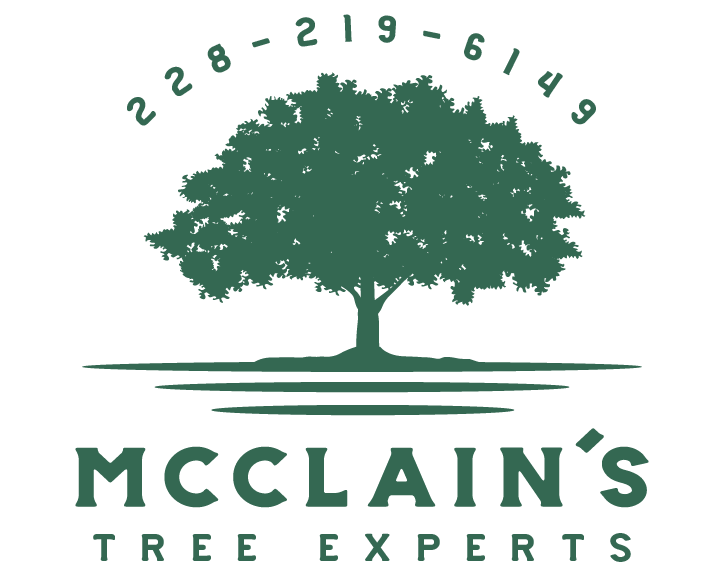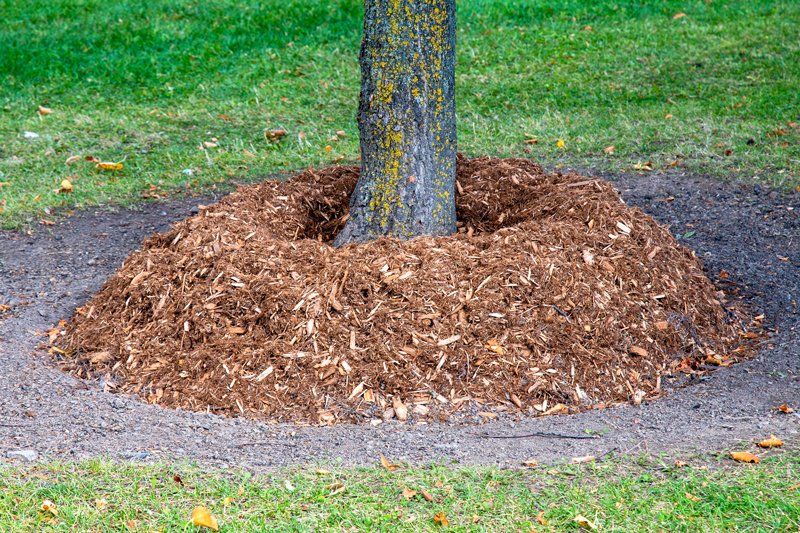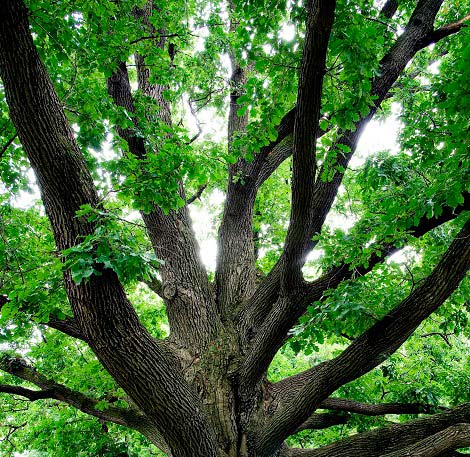Common Causes of Curling Oak Leaves
Admin • July 27, 2017
Oak trees are a popular tree for homeowners because of their beauty, strength, and longevity. Some are oaks are known to be more than 400 years old. The mighty oak is aptly named, and with a little routine attention and care, it provides shelter from the sun and wind. Oak trees also provide acorns for generations of squirrels and other wildlife.
Like any living thing, oak trees are susceptible to the ravages of time as well as diseases, pests, and storms. Many oak trees will display leaves that curl at the ends or look scorched by the sun.
You can tell an oak tree is in distress by examining its leaves. Before you take some leaf specimens to be professionally tested, you can find out for yourself what the problem is. Here are a few common causes of leaf curl and what you can do about it.
Drought
If your area has experienced drought, your oak tree will respond to this lack of water by pulling its water resources away from leaf edges, causing them to brown. If a tree continues to stay thirsty, this injury will spread to the entire leaf until it is completely brown and falls off.
To prevent stress during dry spells, give your oak tree a heavy soaking. Concentrate on the ground around the perimeter of the canopy where many feeder roots are located.
Fertilizer and Salt
Oak trees thrive anywhere with good soil drainage, including near the ocean and its estuaries. However, leaves will appear scorched if a tree grows close enough to the water where salt spray can reach it. Also, fertilizing too much in the vicinity of an oak tree adds extra chemicals and salt to the soil, which burns the roots and leaves.
You may have to leave the tree where it grows unless you want to physically move it to a new location away from the salt spray. Fortunately, as long as you stop applying more fertilizer for a while, your tree will bounce back.
Gall Mites
Several types of mites love to sting newly formed oak leaves to lay their eggs in the spring. As the leaf grows, it appears stunted, twisted, curled, or otherwise misshapen. This does not harm a tree or limit its ability to photosynthesize, but it does look bad.
Treating mites on an oak tree would require huge amounts of chemicals over a long period, so not much can be done. Unfortunately, many of these mites are notorious for stinging and biting people, causing rashes and itching. You may not be able to help your tree, but make sure you wear insect repellant to avoid getting bitten.
Anthracnose
Sometimes thought of as a death sentence for oak trees, anthracnose is a simple fungal disease with no chemical treatment. One sign of this disease is curling brown leaf edges on young leaves. Examine a leaf and look for a distinct line between healthy green and dead brown coloring. Other signs include:
- Distorted or shriveled leaves
- Cankers forming on twigs
- Die-back
Symptoms are visible on the lower half of the tree in wet, warm conditions. To stop the spores from spreading the disease to other areas, immediately get rid of and destroy the damaged branches. You can help your tree combat this disease and give it a healthy start by fertilizing in the spring after the rainy season is over.
By paying attention to what your oak leaves are trying to tell you, you can spot many problems and stop them before they worsen. For more help with your oak tree, contact McClain's Tree Experts
for more information on
As winter approaches, it is important that your trees are prepared for the weather. Read about services that your trees can benefit from before winter.
There are steps you can take to both protect a tree before a storm as well as to help it recover if the tree has already suffered hurricane damage.
Trees can be hazardous and lead to property damage and injury due to various factors. Explore common signs that your tree is a safety hazard.
You can better protect your trees by knowing the signs that they are dying. Read this blog to learn eight signs your tree is starting to die.
Trees require proper ongoing care and maintenance to thrive well. Check out how a certified arborist can help maintain your investment.
Deciding on a tree care service can be challenging when you have multiple options available. Consider the following factors before settling on a company.
The trees in your backyard offer numerous benefits, including shade and aesthetic benefits, but sometimes they need to be removed. Learn more.




